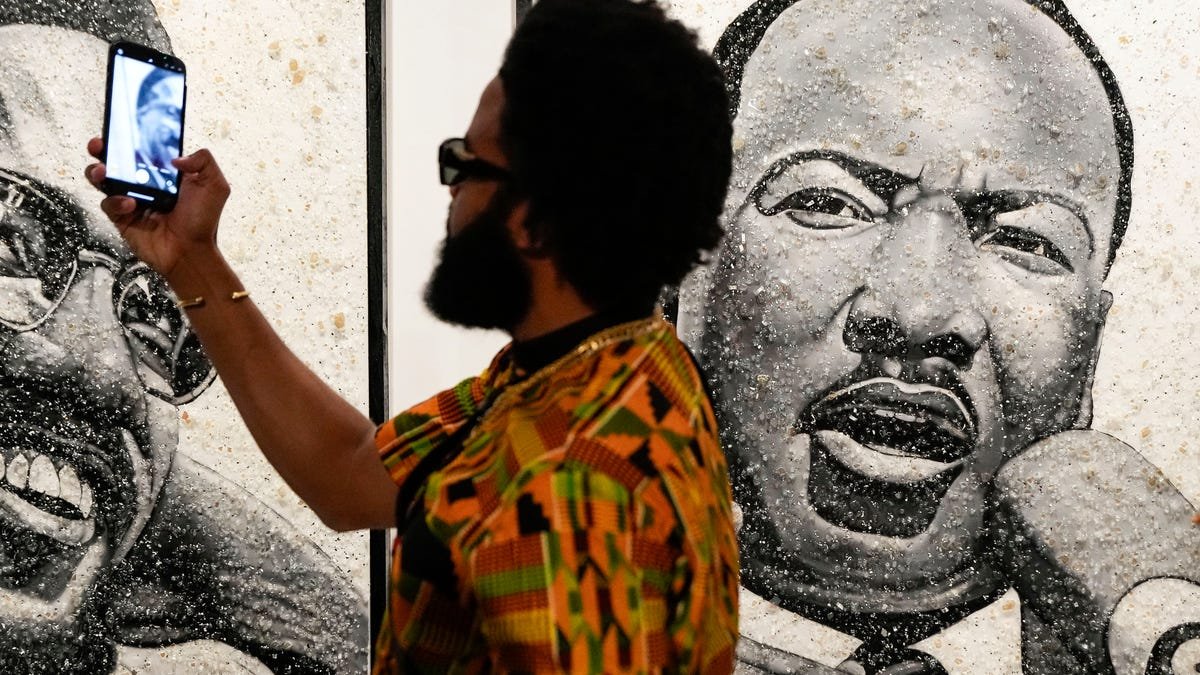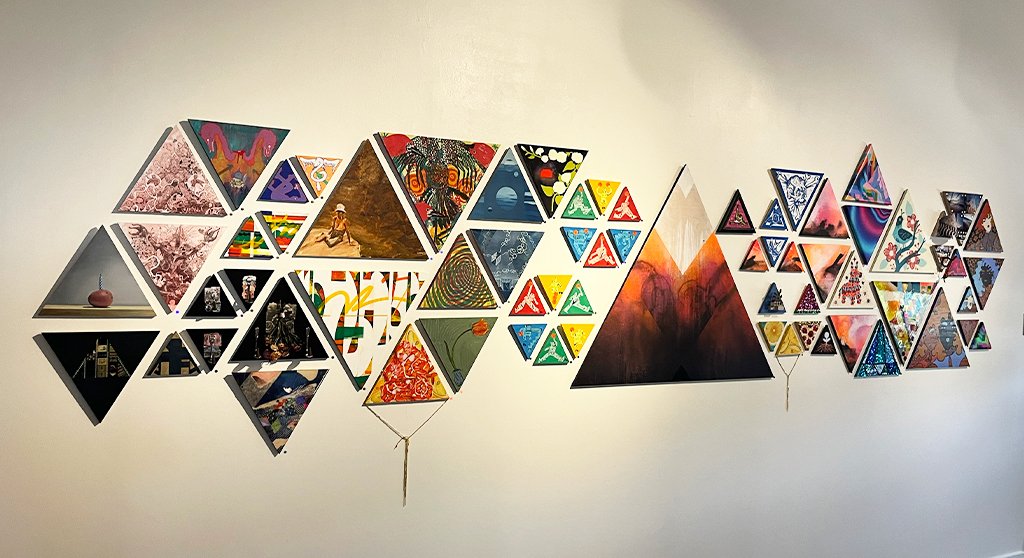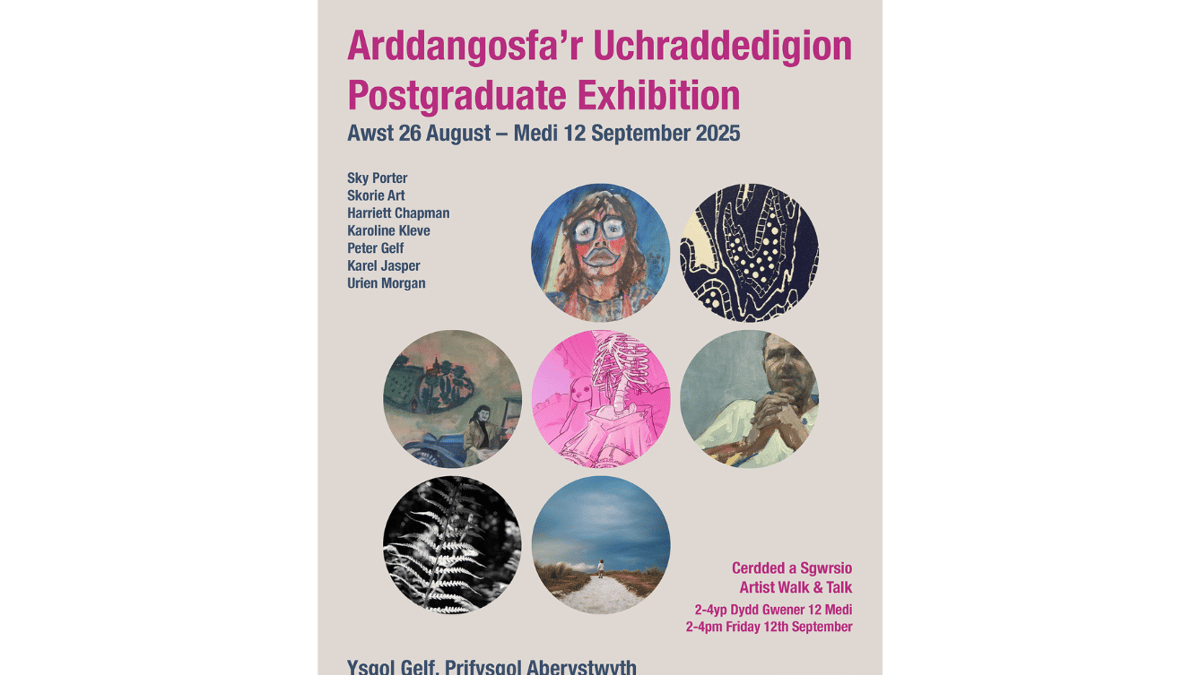In Britain, conversations about class remain challenging, not least in the arts. With only 8 per cent of people working in film, TV, video, radio and photography in the UK coming from working-class backgrounds (according to a 2024 report by Creative Industries Policy and Evidence Centre), portrayals of working-class life usually follow the tropes of urban degradation, manual labour, and hardship. Though class has long been left as the elephant in the room, ‘Lives Less Ordinary: Working-Class Britain Re-seen’ flips the aversion on its head, throwing light on the richness of working-class Britain.
Running at Two Temple Place in London until 20 April 2025, the exhibition brings together a feast of ceramics, film, painting, photography, and sculpture. Over 150 pieces from 60 artists are featured, ranging from upcoming contemporary talents such as Rene Matić, Jasleen Kau, and Corbin Shaw to overlooked luminaries such as Pearl Alcock and Eric Tucker.
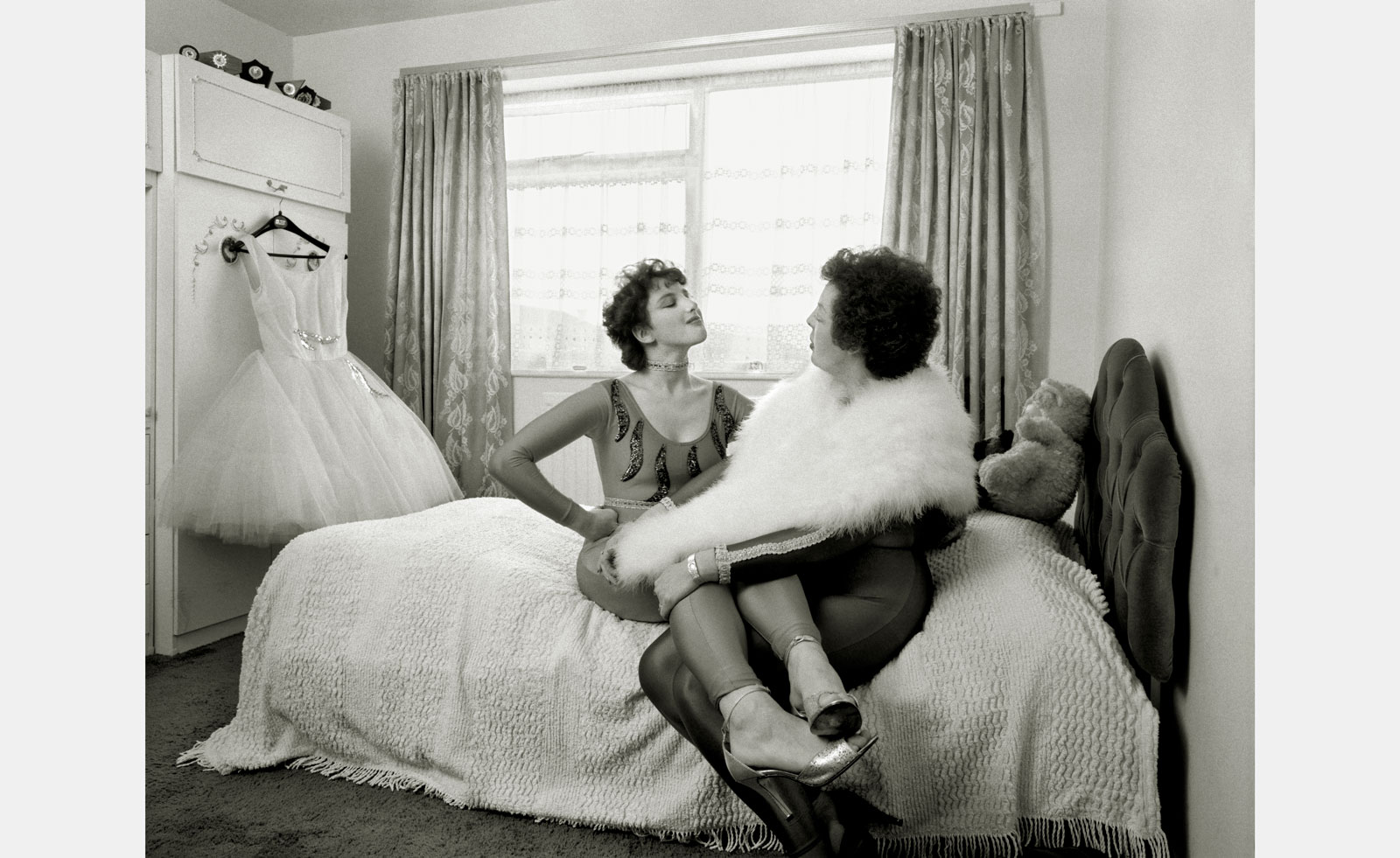
Sirkka Liisa Konttinen, Astrid Knowles and Mum, 1982
(Image credit: © Sirkka-Liisa Konttinen. All Rights Reserved. DACS 2025)
With the notion of warmth and joy at its crux, the show is broken down into three themes: family and kinship, the plurality of working-class cultures, and the sanctuary of leisure and pleasure. Curator Samantha Manton remarks, ‘We’re rejecting the middle-upper-class gaze that has steered working-class representation, the sensationalising and the stereotyping that happens in a fetishistic way.’
Juxtaposing the opulent architecture of Two Temple Place with the provocation of taste, there’s an almost tongue-in-cheek contrast in the presentation of more modest livelihoods within such a grandiose setting. Works of artists such as Roman Manfredi explore the intersection of class and queerness. In an understated mode, their photography presents the ‘everydayness’ of people who are proudly queer and proudly working-class. Manfredi comments, ‘I started to think about who has the authorship of our stories, I wanted queer working-class voices to be heard. I wanted their images to be seen in the environments they inhabit and where they grew up.’
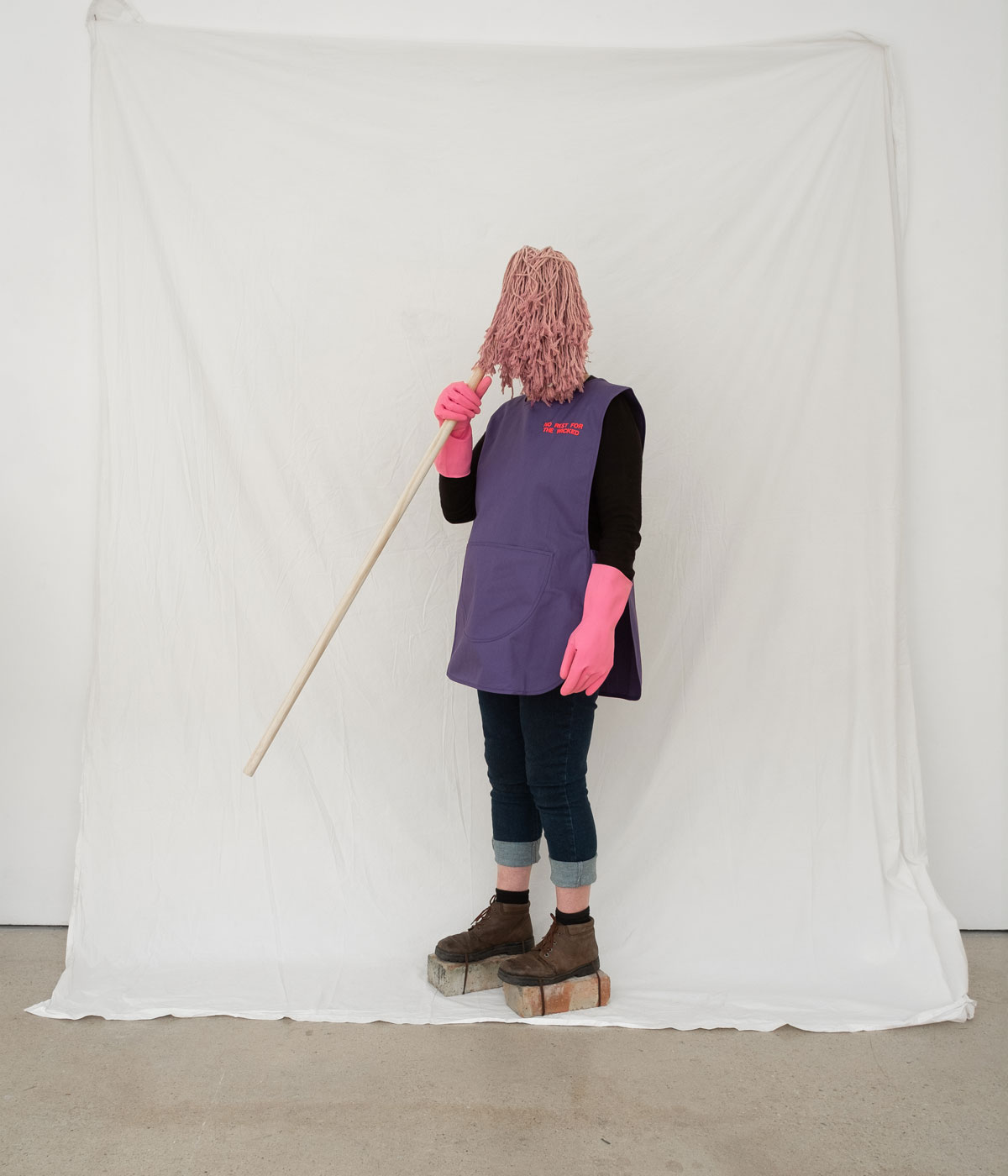
Kelly O’Brien, Cleaner No.1 (from No Rest for the Wicked), 2022-ongoing
(Image credit: Photograph © The Artist)
In the name of leisure and pleasure, works by the late Pearl Alcock – who was largely unknown and emerged as an ‘outsider artist’ late in her life – communicate a visual joy derived from her Jamaican heritage, where rhythmic paintings reference the late-night shebeens or ‘shubz’. Notes Rebecca Hone, head of culture and community Two Temple Place, ‘Many of these artists deserve to be fully recognised within the lineage of British art history, not just as “outsiders” but as integral contributors.’
Through the medium of celebration, ‘Lives Less Ordinary’ is also provocative. Manton notes the show is ‘a call to action for museums and galleries to ensure that more authentic expressions of working-class life are present on their walls and in their collections’. With such a wide array of artworks, the exhibition reveals the lesser-seen sides of working-class life, not as something to escape from, but as vibrant worlds of multiplicity, in an assertion that these representations are integral to the identity of British art.
‘Lives Less Ordinary’ at Two Temple Place runs until 20 April 2025, twotempleplace.org
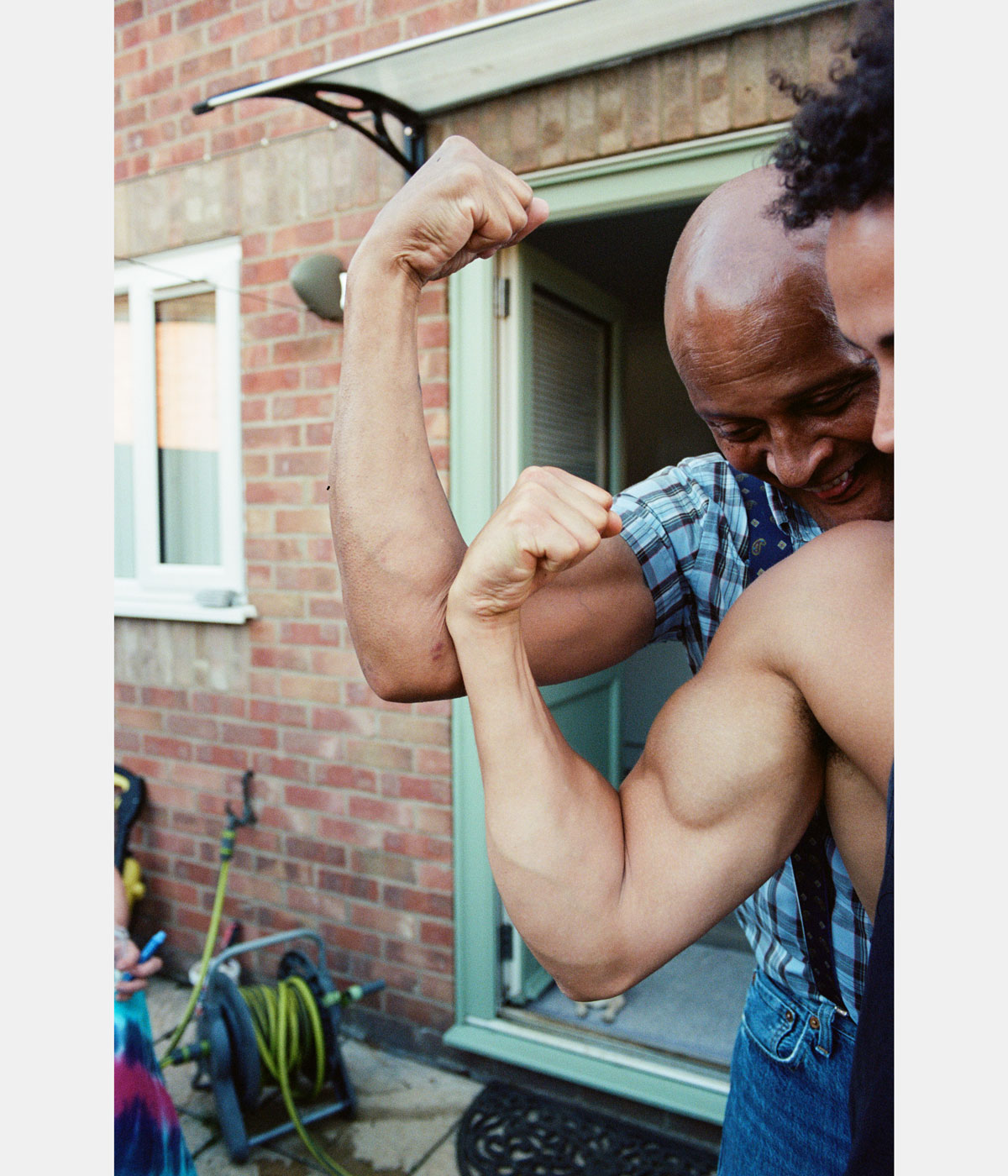
Rene Matić, Paul and Zac in the Garden, 2022, Inkjet Print
(Image credit: © The Artist. Courtesy of Arcadia Missa)
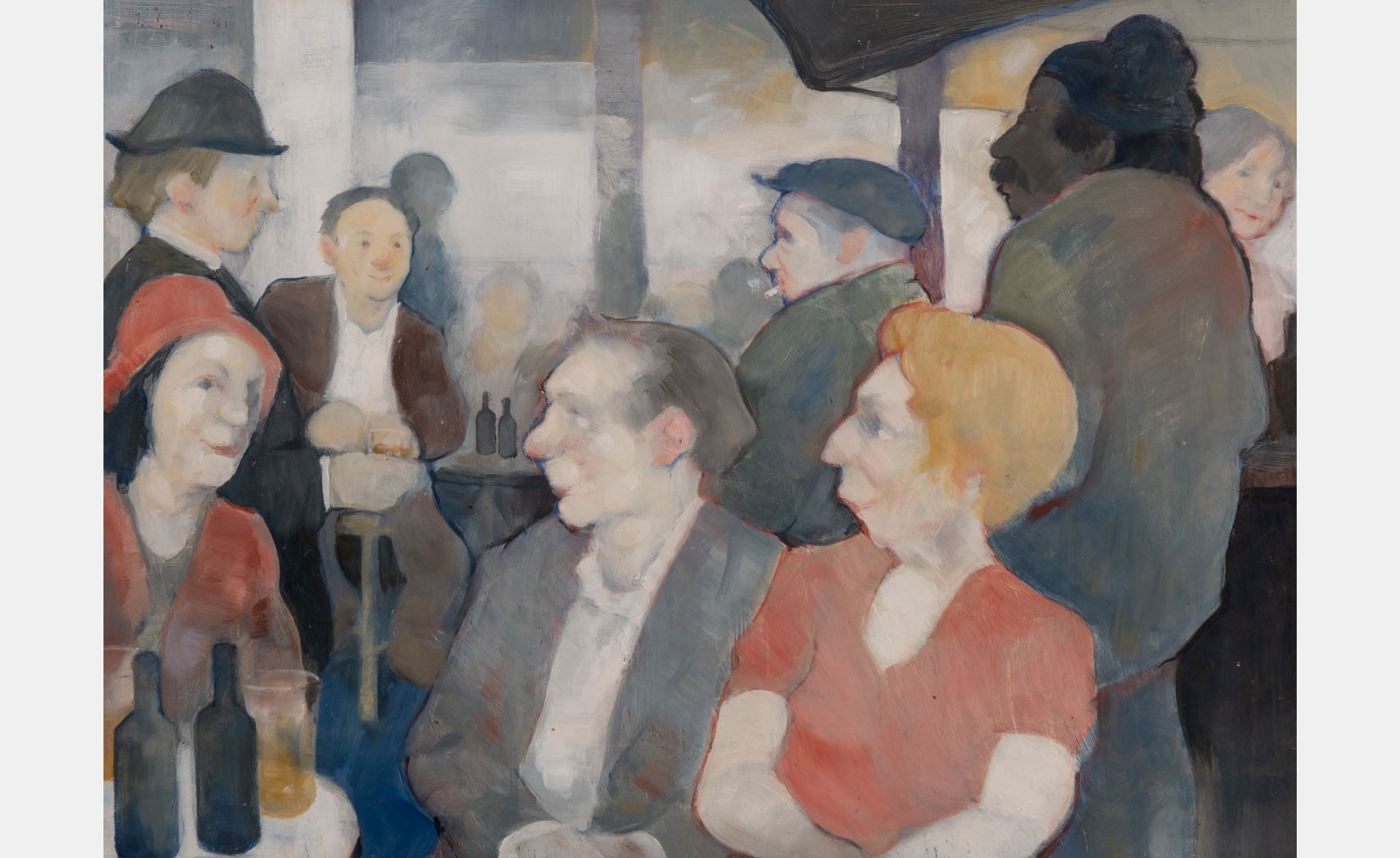
Eric Tucker, Red Head and Two Bottles of Beer, date unknown, Oil on board © Estate of Eric Tucker
(Image credit: © Estate of Eric Tucker)


